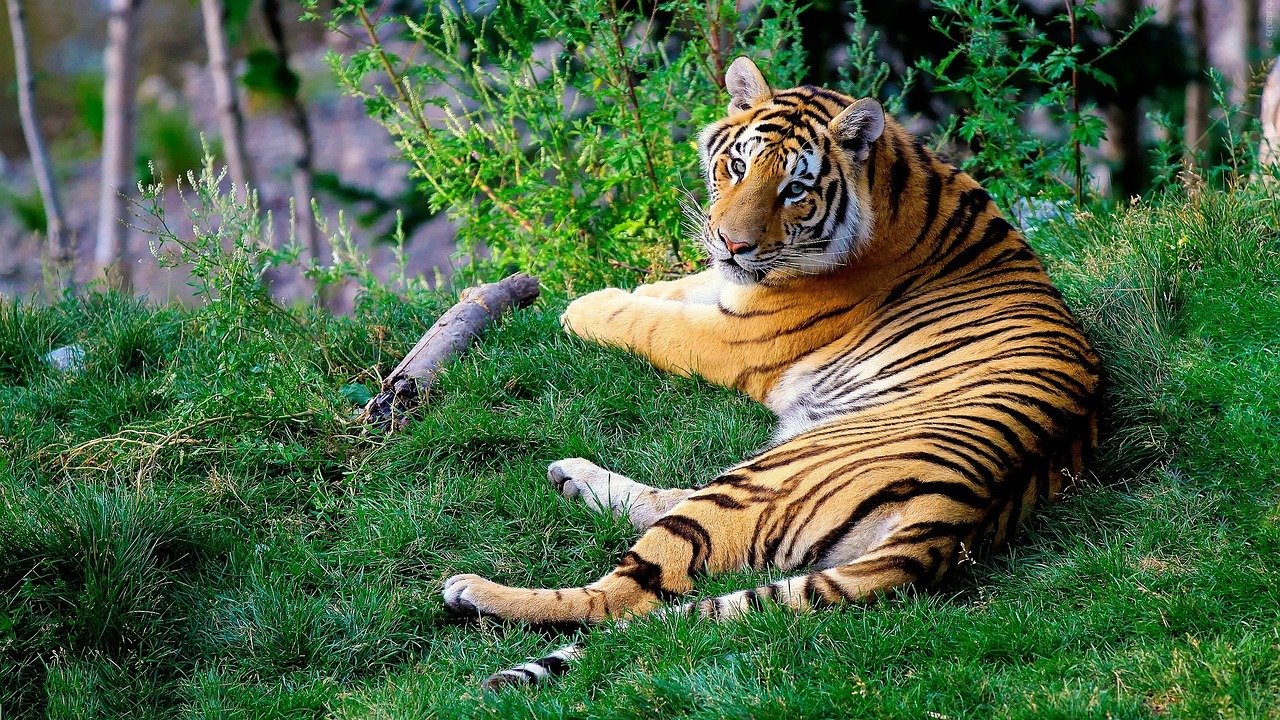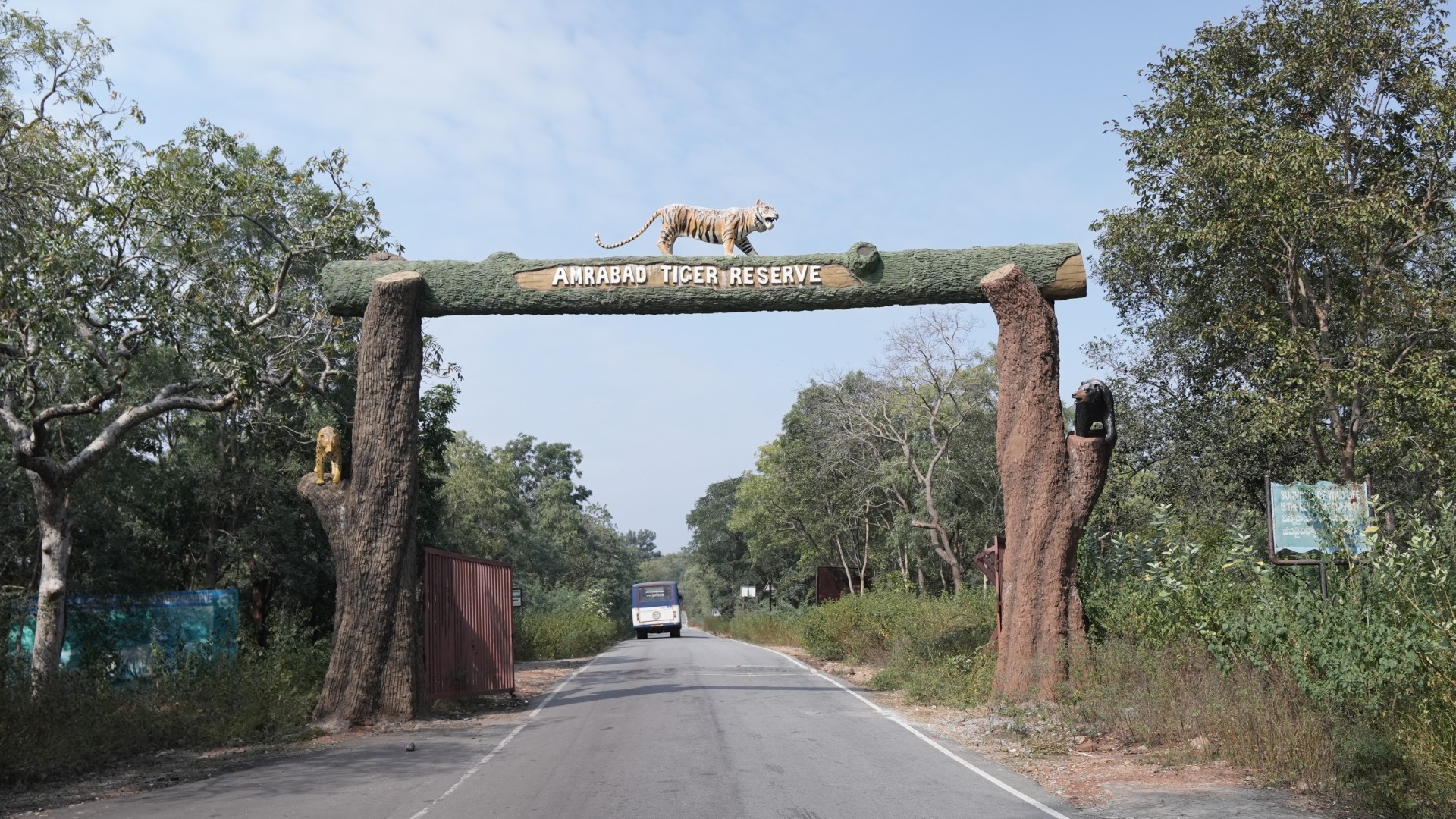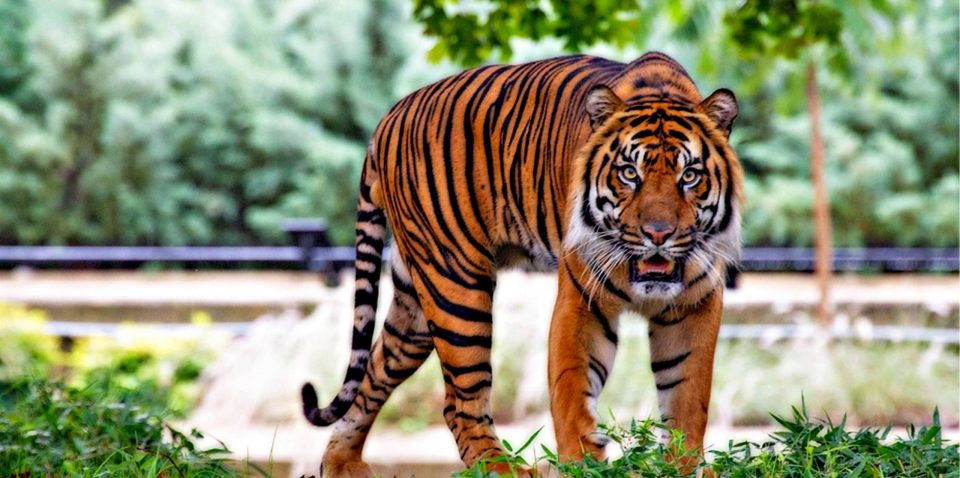
Discover Farahabad with thrilling safari rides, forest trekking, and birdwatching tours led by expert guides. Stay in unique accommodations like mud houses, a treehouse, or aerocon cottages. Packages for two range from ₹5100-₹8500. Enjoy eco-friendly perks: a complimentary jute bag and 10 leaf plates per room, promoting sustainable practices and supporting local community livelihoods.
Embark on an unforgettable journey to Octopus Viewpoint, where unique geological formations stretch like octopus tentacles, offering breathtaking views of the Krishna River. Experience the thrill of trekking to Akkamaha Devi, where scenic beauty and ancient caves await. Along the way, explore Vajralamadugu’s dense jungle, home to sloth bears, and enjoy the mesmerizing river vistas from a watchtower.


Hon'ble Chief Minister

Hon’ble Minister for Forests & Environment

Prl. Secretary (Environment, Forests, Science & Technology)

Prl.Chief Conservator of Forests (HoFF), Telangana

Principal Chief Conservator of Forests & Head of Forest Force (FAC)

Prl.Chief Conservator of Forests (Prot & Vig) & (WL & CWLW)(FAC)
By Road: Hyderabad to Amrabad Tiger Reserve is 140KM
By Air: Shamshabad Airport(Hyderbad) to Amrabad Tiger Reserve is 120KM
The tribal found in Reserve primitive tribal community is Chenchu. There are three types of settlements here.
Penta’s: Very small, highly scattered habitation comprising only a few families. Each habitation has its own forest territory for the consumption of resources.
Gudems: Typically comprising 3–30 families, many of whom have landed within the forest enclosures but which are not cultivated on a sustained basis.
Small Hamlets: On the periphery of the area where families are engaged in continuous agriculture including cash crops such as cotton and ginger. To empower these communities and to reduce the dependence on forests, various eco-development activities were launched in the mid 1990s. More than 100 Chenchus are engaged as protection watchers in ATR.
By Road: Hyderabad to Amrabad Tiger Reserve is 140KM
By Air: Shamshabad Airport(Hyderbad) to Amrabad Tiger Reserve is 120KM
Launched by GOI in 1973 to ensure the protection of Viable Population of Tigers in India
Prevention of weed is a difficult task in the wildlife protected areas, where grasslands are managed in natural condition without physical/mechanical management interventions
Area is divided in to 4 Sq Km grids and grids having natural water are identified.
Grasslands are highly dynamic ecosystems encompassing all natural and semi natural pastures, wood lands, scrub, and steppe formations dominated by grasses and grass like plants and played major role in the history of forming.
Some of the initiatives taken are spreading awareness, construction of sit outs, carriage auto etc.
Ecosystem development for self-sustainable plastic waste management initiated in order to protect forest and wildlife.

Sq. kilometers of area equivalent to 2.21% of country’s geographical area.
Total number of national parks in India.
Total number of wildlife sanctuaries in India out of which 50 are governed by project Tiger.
